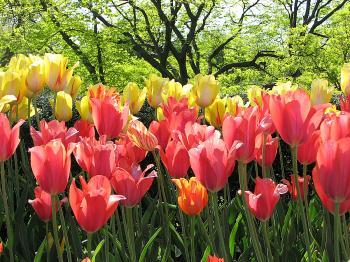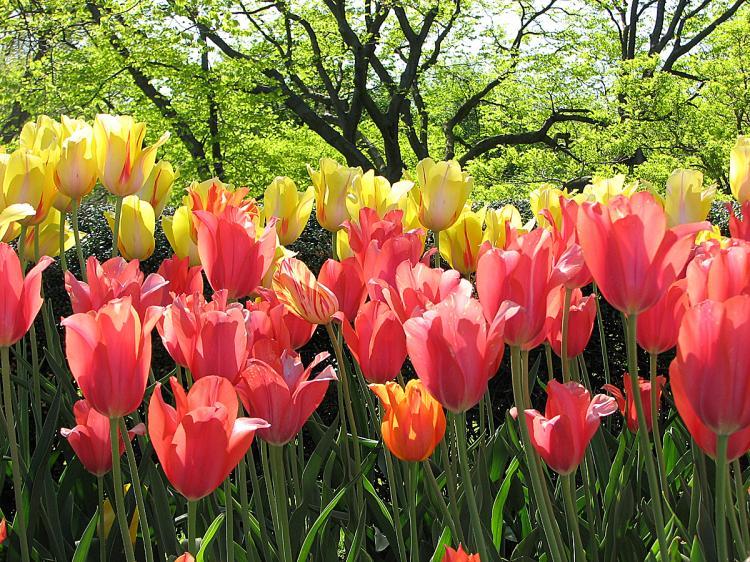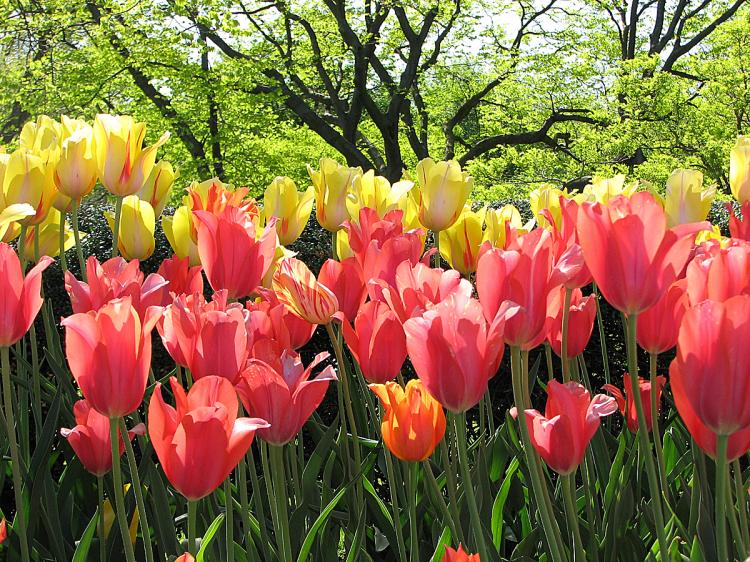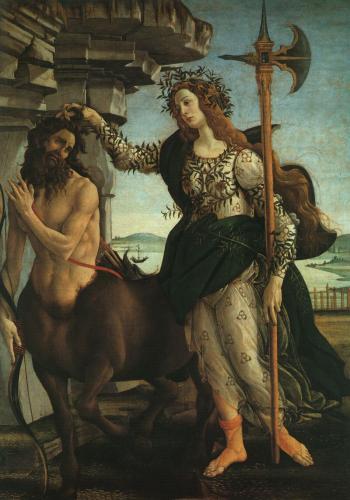Historians of today hold that the tulip emerged as a wild growing plant thousands of years ago spread in a “corridor” which stretches along the 40º latitude between Northern China and Southern Europe.
The cultivation of the tulip started around 1000 AD in Persia and Turkey from that day, and this ever popular spring flower enchanted people and caused trouble the same time.
Royal Fascination
The first peak the tulip fascination took place on the court of Sultan Suleiman the Magnificent (1520-1566), the Ottoman Emperor residing in Constantinople, today’s Istanbul. His palace, the Seraglio, was called “Palace of Tulips and Tears” and was decorated with countless tulips. Tiles on the walls, vases, and the textile design of his robe were showing tulips, even his emblem and weapons.
The reign of Ahmed III (1703-30) later became known as “Age of the Tulips,” where the Tulip dominated as symbol of wealth and prestige. The first Tulip festival was also staged in that time. In a full moon night, illuminated by lanterns, accompanied by chirping nightingales and canaries in cages, people strolled amidst hundreds of exquisite vases filled with tulips, wearing apparel that harmonized with the colors of the flowers, following to the dress code of the event.
Because people then didn’t record the history of the tulip and its cultural role as we would today, we have to piece it together from artwork, ancient documents, and botanic research.
Ogier Ghislain de Busbecq, the ambassador of the Austrian Emperor Ferdinand I at the court of Suleiman, mentioned the Turkish tulip cultivation in a 1555 letter to Vienna. He also supplied Viennese botanist Carolus Clusius (1526-1609) with seeds. Both became the key figures in bringing the tulip to Europe.
Clusius brought his collection to Leyden in the Netherlands, to which he fled due to religious persecution. As an expert for medical herbs and hired for research about them, Clusius grew tulips as his personal hobby.
He managed to breed several sorts of the tulips from his age and created interesting-looking hybrids. Sources say that he had been given away some of his seeds, while others claim that the selfish gardener had guarded his flowers jealously from the eyes of the public and thieves finally plundered bulbs from his legendary gardens and later caused the “tulip mania.”
The Tulip ‘Bubble’
The most curious phenomenon in the history of tulips excited the Netherlands in the 1630s. But it is debated among economists whether the tulip crash of 1637 really affected the economy of the country so much that it can be regarded as the first economical bubble.
Fact is that the Dutch government established selling prices for tulip bulbs after the crash, to prevent people from irrational trading.
Because the Dutch were so fond of the exotic new flower, it reached sky-high prices among connoisseurs. The middle class became aware of what they saw a get-rich-quick opportunity and joined the trading on stock markets and in pubs. Bulbs were traded according to their weight—if traders couldn’t afford a whole bulb, they were proud to hold only a percentage of it.
As the bulbs had to be kept in the earth most of the year, it was even more risky, as people were paying for something they had not even seen. As the bulbs were such a hot commodity, some anxious tulip owners were reported to have been sleeping in the garden to personally protect their treasures.
The Tulip in Art
Many a tulip aquarelle drawings now considered as art simply served as advertisements to convince the potential buyer of the beauty of the flower. In still-lifes of that era you see only the most expensive, broken-colored flowers painted. This was a much cheaper way to bring the tulip to your home.
One bulb of the white and red flamed tulip “Semper Augustus” was at the end of the hype traded for the equivalent of a Amsterdam first class house—10,000 guilders.
Just for comparison, the monumental painting “The Night Vigil” brought Rembrandt (who also was among the losers of the tulip mania) only 1,600 guilders.
That the flamed tulips today commonly are referred to as Rembrandt tulips is another curiosity of history—Rembrandt himself didn’t give tulips a very prominent place in his paintings.
What botanists discovered in 1928—that the gorgeous broken colors present in some blossoms emerged from a genetic defect caused by a virus, brought about by a plant louse. Today´s tulips are genetically stable and healthy; the old virus-affected ones are out of circulation.
The Netherlands are associated with the tulip like no other country and—four centuries after the tulip-induced economical crisis—hold about 80 percent of the world’s tulip production.






